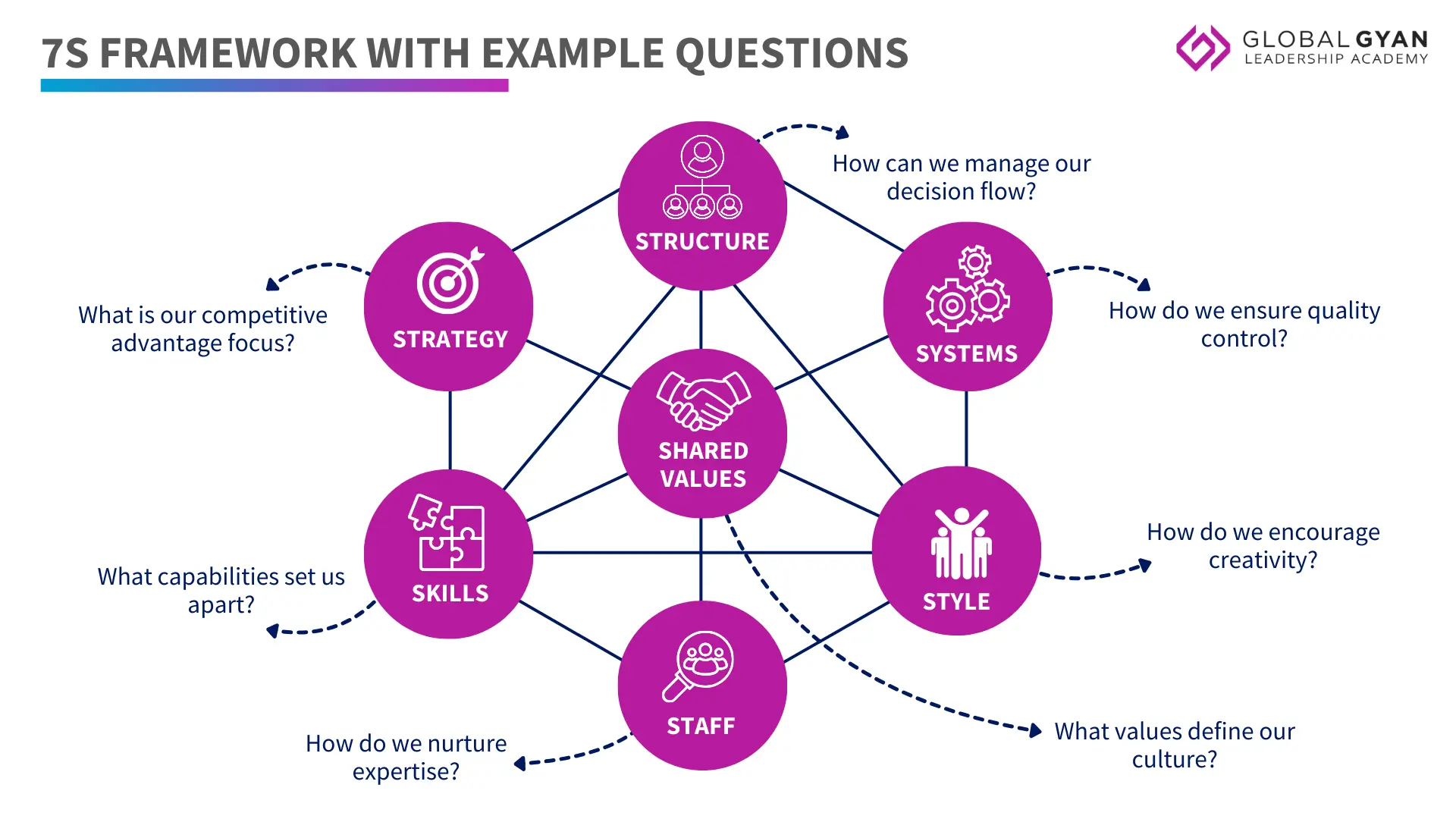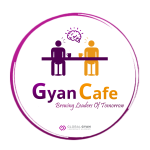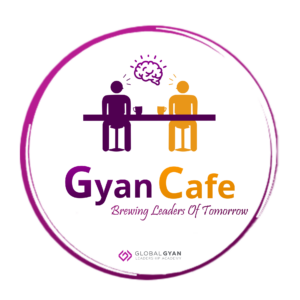How McKinsey’s 7S Framework can Transform Your Business


IndoTech (not its real name) is a rapidly growing technology company. Like most small to mid-scale Indian businesses, it is encountering new challenges on a daily basis. And with how cutthroat the corporate world is today, simply having a strategic plan is not enough. To flourish, every part of the organization must work in harmony, from the overarching strategy down to the day-to-day systems. This is where the McKinsey 7S Framework becomes invaluable.
Developed by consultants Tom Peters and Robert Waterman at McKinsey in the 1980s, the 7S Framework has guided organizations through countless transformations by focusing on seven essential elements, all starting with the letter “S”: Strategy, Structure, Systems, Style, Staff, Skills, and Shared Values.
Our claim is that effective organizational change is really the relationship between structure, strategy, systems, style, skills, staff, and something we call superordinate goals.

Let’s look at each of them in detail with an illustrative example of how Apple steered its growth using this model (for IndoTech to follow suit):
Strategy: Designing Your Competitive Advantage
Strategy serves as the roadmap to achieving a competitive edge, guiding a company’s choices on where to compete and how to win. At its core, a strong strategy focuses on clear goals, effective resource allocation, and aligning all parts of the organization toward long-term success. Apple’s strategy revolves around product differentiation through innovative/minimalistic design and a seamless user experience. This has allowed the brand to stand out in a highly competitive market. It has also ensured Apple remains a leader by prioritizing creativity and customer-centric design in all its offerings.
Structure: How Well You’re Organised
In the 7S Framework, Structure defines how roles, responsibilities, and authority are arranged to support a company’s goals. A well-designed structure ensures departments work together effectively, resources are used efficiently, and communication flows smoothly. Apple operates with a flat and decentralized organizational structure that promotes cross-functional collaboration. This setup enables faster decision-making and supports the brand’s innovation-driven culture, allowing teams to work together seamlessly while focusing on delivering unique products.
Systems: Setting the Strategy in Motion
Systems are the backbone of an organization’s daily operations. They encompass processes, workflows, and policies that facilitate smooth functioning. Effective systems are consistent, efficient, and promote accountability. In this regard, Apple’s systems maintain a strong focus on quality control and customer satisfaction, ensuring that every product meets its high standards. These systems support Apple’s commitment to excellence and reinforce its strategy by embedding quality and reliability into every aspect of its operations.
Staff: The People Power
Staff represents the talent and workforce driving an organization’s goals forward. This includes hiring the right people, fostering skills through training, and creating a motivated culture. Apple places a strong emphasis on quality hiring and retaining top talent, ensuring a skilled workforce that aligns with its high standards. By focusing on recruitment and retention, Apple ensures it has the right people to innovate continuously and uphold its brand’s reputation for quality and excellence.
Skills: Your Differentiating Capabilities
Skills refer to the unique capabilities that set a firm apart such that it can execute its strategy effectively. These include both technical and soft skills within the workforce, defining what the company excels at collectively. Apple’s workforce is highly skilled, due to the right recruitment strategy. They have expertise in both technology and design, which ensures a deep understanding of both fields. By nurturing these skills, Apple maintains a competitive edge, allowing it to deliver world-class products that combine innovation with functionality.
Style: The Leadership and Culture
In the 7S Framework, Style addresses an organization’s leadership approach and culture, defining how leaders interact with teams and set the organizational tone. A transparent and collaborative leadership style instils trust and aligns teams with company goals. In this aspect, Apple’s leadership style is visionary, focused on innovation and setting a high bar for design excellence. This approach not only inspires employees to push boundaries but also aligns with Apple’s brand image of being at the forefront of technology and creativity.
Shared Values: Your Core Identity
Shared Values are the fundamental beliefs that unify an organization and guide its decisions, which forms the foundation of its culture. These values drive alignment across teams, influencing strategic choices and everyday behaviours. Apple’s shared values of simplicity, creativity, and perfectionism are deeply embedded in its culture and guide every product and interaction. By consistently emphasizing these values, Apple reinforces its identity to ensure every employee feels connected to the company’s mission and vision.
How to Use the 7S Framework to Drive Change in Your Organization
If you’re leading a team or part of an organization, here are actionable steps to apply the 7S Framework to transform your business:
- Assess Each “S”: Conduct a thorough review of how well each element supports your strategic goals.
- Identify Misalignments: Look for areas where changes in one element, like Strategy, may conflict with another, like Structure.
- Make Informed Adjustments: Use the insights from your assessment to realign each element. For example, if the strategy is evolving, ensure that staff training and recruitment reflect these changes.
- Build a Culture of Feedback: Encourage input from all levels of the organization to maintain a balance across the seven elements.
When Should Companies Use the 7S Framework?
A primary question that pops up here is, when is the right time to use the 7S Framework? Valid question. And the answer is pretty simple: the 7S Framework is especially beneficial during periods of change or when alignment across the organization becomes crucial, such as during mergers, expansions, or shifts in strategy. Other scenarios where it has been effective is when companies want to enter a new market, implement a digital transformation, or undergo structural changes.
It’s also valuable for organizations facing performance issues or rapid growth, as it helps ensure that all parts are working cohesively. Ideally, businesses should revisit the 7S Framework regularly, using it as a diagnostic tool to keep every part of the organization aligned with evolving goals and market demands.
Potential Pitfalls of the 7S Framework
While the 7S Framework is powerful, it’s not without its challenges. One common pitfall is treating the framework as a one-time checklist rather than an ongoing process. Organizations may overlook the need for regular reassessment and this can cause misalignments to go unnoticed. Another blind spot is focusing too heavily on one or two elements, such as Strategy and Structure, while neglecting equally crucial factors like Staff or Shared Values. It’s essential to view all seven elements as an interconnected unit, balancing each ‘S’ for sustained success.
The 7S Framework lays down the blueprint for success, one “S” at a time. Whether you’re leading a team, managing a project, or steering an entire organization, this framework can help you drive meaningful, lasting change.






Responses